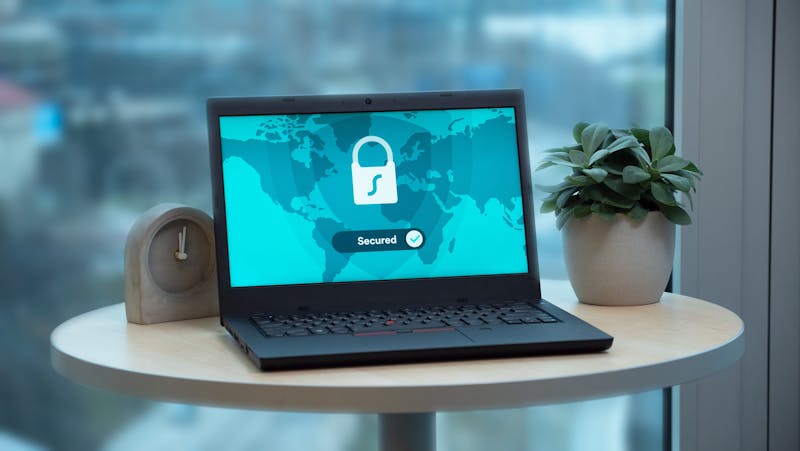Making the Switch to Fully Remote
Just two years ago, the concept of a fully remote workforce would have been unthinkable for most companies. While ‘telecommuting’ as a concept has been floated around for decades, in practice, few allowed it. Companies like Best Buy and Yahoo experimented with telework briefly, before pulling employees back to the office.
But the pandemic left everyone with little choice. Willing test subjects or not, every business had to participate in a worldwide experiment, sending most–if not their entire–workforce to work from home. Long held beliefs about remote working were tested and tried. And the conclusion after two years?
It works. Worldwide, workforce arrangements are undergoing hybridisation. Businesses are cutting down office use, adopting systems like hotdesking to accommodate revolving schedules. Some companies like AirBnB and Spotify are making the office optional altogether. Even Japan, one of the last holdouts against working from home, is rethinking its entire mindset about remote work.
The Technology That’s Making The Office Optional
Acting because of necessity, however, is still a little ways from making remote work a norm. For remote work to have become a feasible alternative, it needed to prove that the job could be done. Had employees been incapable of reliably accessing files or applications from home, companies would have been calling them back as soon as regulations slackened.
Yet that’s not what we’re seeing. While the initial mass exodus to remote working strained resources and had businesses scrabbling to establish systems overnight, many organisations have fully integrated cloud-based workarounds into permanent solutions. Research firm Gartner believes that around 40 percent of enterprise workloads will eventually be deployed and run from the cloud.
One of the technologies that’s enabling this permanent migration is hosted services such as virtual desktops. “It wasn’t until COVID-19 that VDI was finally recognised as not just a useful tool but a critical tool for business continuity in enterprises with a global workforce,” says Matt Kimball, Vice President and Principal Analyst at Moor Insights & Strategy.
The adoption of hosted services was already on the rise pre-pandemic. With COVID and the takeover of hybrid work, the switch happened in record time–and companies show no signs of turning back. Over half plan to scrap on-premise data centres in the next two years.
Should You Make The Switch?
With hosted servers, going fully remote is now more accessible than ever before. The question isn’t how, but whether you should. While full remote work arrangements may be the future for some organisations, others won’t be able to permanently shutter their offices just yet.
The Pros:
Huge Cuts To Overhead Costs
Office space accounts for a large chunk of monthly overhead costs, especially if you’re located in major cities and central business districts. Businesses who go fully remote are expected to save around £8,977 per head on rental costs and property service fees.
Organisations also stand to gain significant savings by shifting to cloud-based operations. On-premise servers take up a chunk of IT spend. Scaling capacity to accommodate new users and workloads means costly upgrades that take time to configure. Paring down brings its own challenges, and businesses often end up with expensive, underutilised hardware. Hosted servers offer the scalable, affordable architecture needed to support remote workers.
Lower Fatigue, Higher Productivity
The pandemic simplified morning rituals. Wake up, brew coffee, and boot up your computer–you’re at work. Without tiring commutes on a packed tube and the strain of heels or suits, people are feeling less physically tired.
And that leads to getting more work done. Productivity levels spiked during the peak of the pandemic, disproving the long held assumption that work from home employees are less productive than their office-based counterparts.
Better Stability, Less Downtime
There are some risks you can’t protect against. Natural disasters like floods or incidents like fires can result in a catastrophic loss of data and disruptions. Equipment failure can collapse your on-premise servers and grind operations to a halt.
Remote-first businesses are better prepared against events that would otherwise cripple work. Cloud-providers build their systems and data centres around redundancy, keeping businesses protected against equipment failure or localised incidents. Service Level Agreements (SLAs) also include a minimum monthly downtime guarantee, allowing businesses to prepare against worst case scenarios.
The Cons:
Intermittent Connectivity
Hosted server partners provide all the heavy lifting in hardware. However, they can’t account for an employee’s network connection at home. Using cloud-based applications means an always online scenario, and home broadband connections can be spotty.
While fast broadband is accessible to nearly all premises in the UK, not everyone opts for the priciest plan. Nearly a third of households don’t have the capacity to allow for efficient work.
Security Issues
Ensconced within the walled fortresses of office networks and officially-sanctioned devices, employees are relatively safer from cybersecurity attacks. Working from home takes away the protection of these enterprise-level security systems.
And criminals smell the blood in the water. In 2020, attacks on Remote Desktop Protocols (RDP) skyrocketed by 768 percent. Many targeted misconfigured software that allowed easier access to otherwise ironclad resources.
Limited Collaboration
Another thing we’ve learned from the global remote work experiment is that some roles are more suited for it than others. Knowledge workers benefit from being left alone without getting pulled into meetings or colleagues asking for the odd favour.
People whose role is more collaborative, however, struggle to find their footing. Employees report feeling creatively stymied by the isolation of remote work. The asynchronous nature of communication also makes it harder to share information, making it harder to foster the dynamic exchanges that spark innovation.
From more productive employees to massive savings on overhead costs, going fully remote holds several appealing benefits. Yet before businesses hang up the keys to the office, they’ll have to look at the type of work they do and provide employees with the support they need to work from home reliably and securely.






